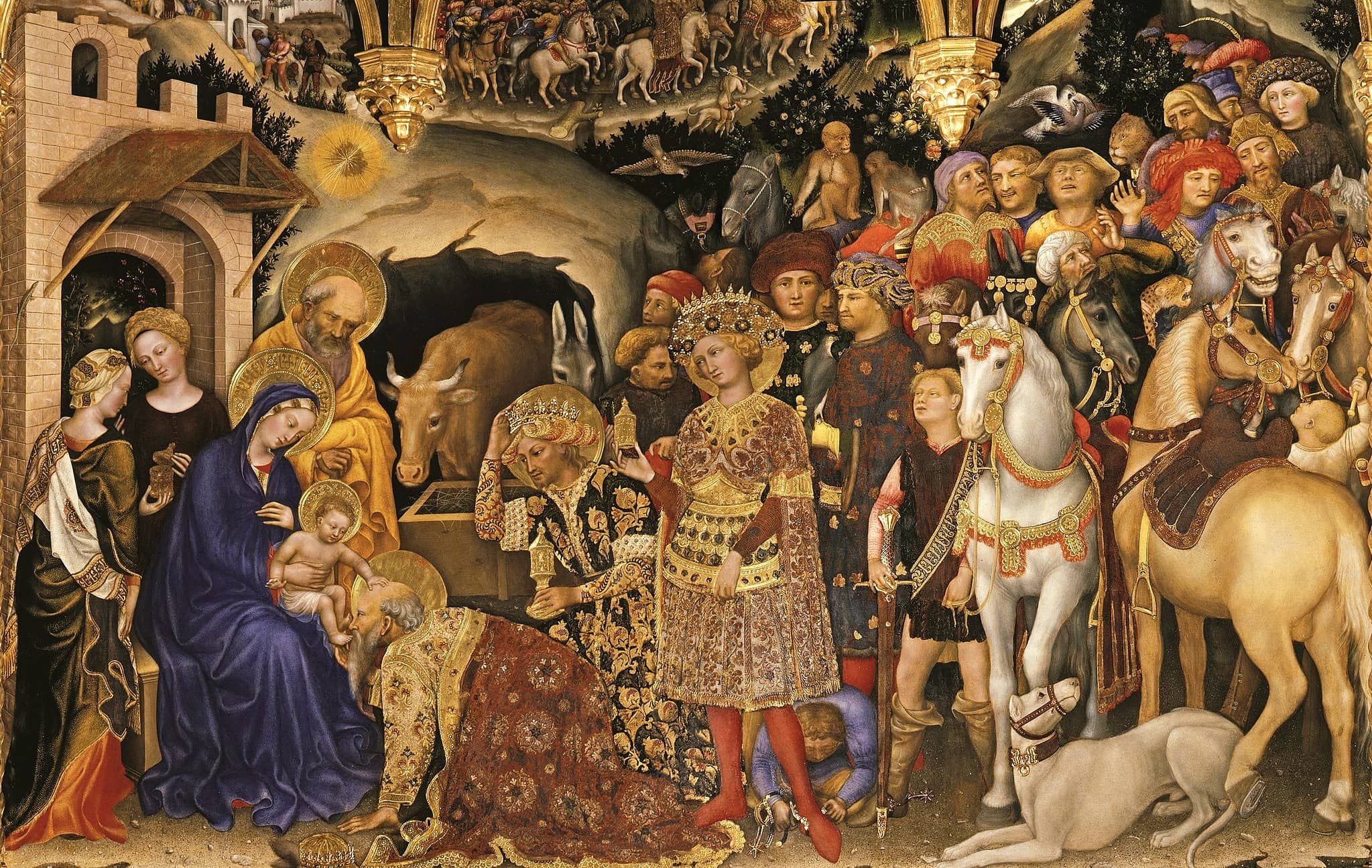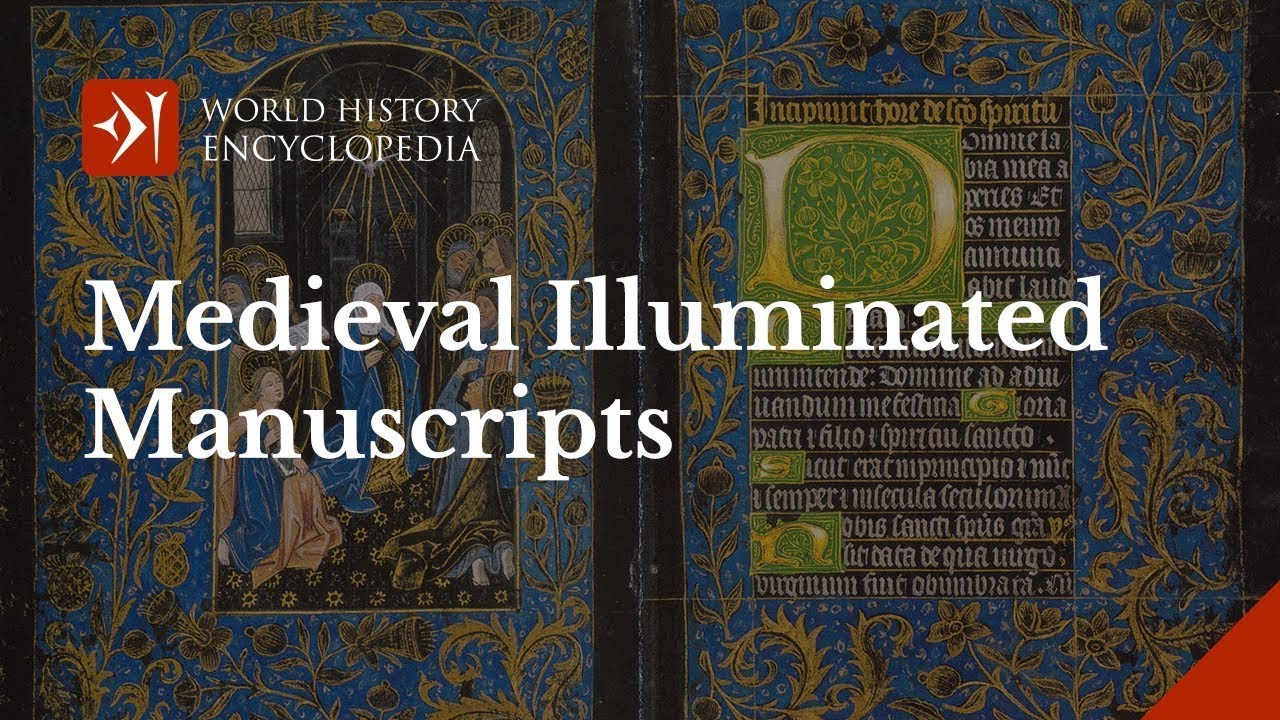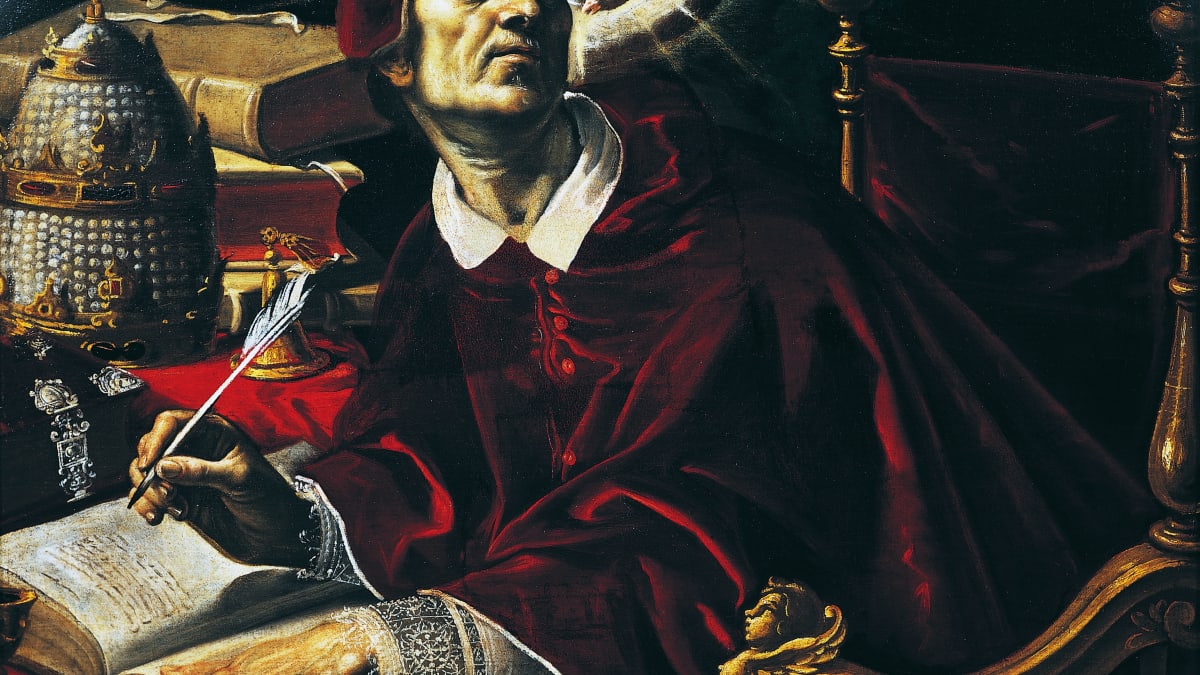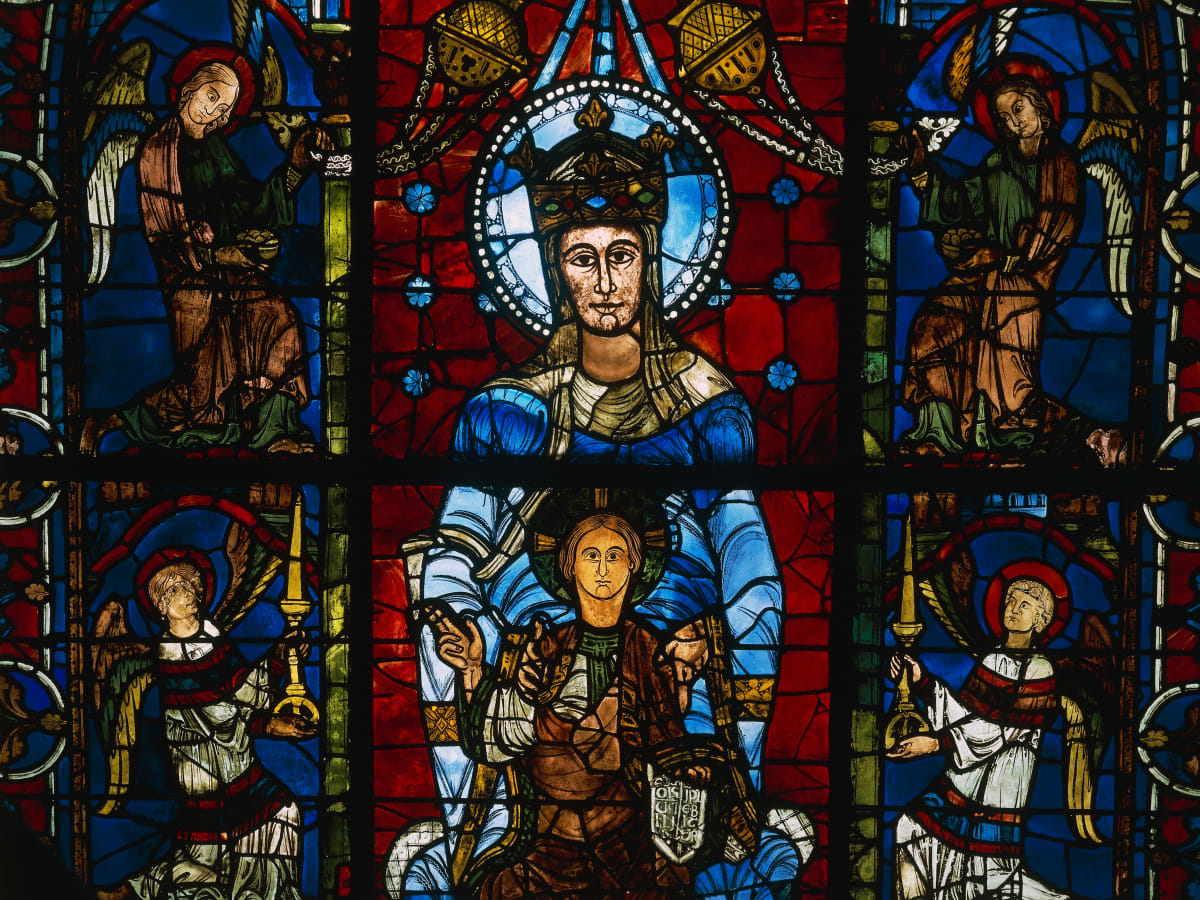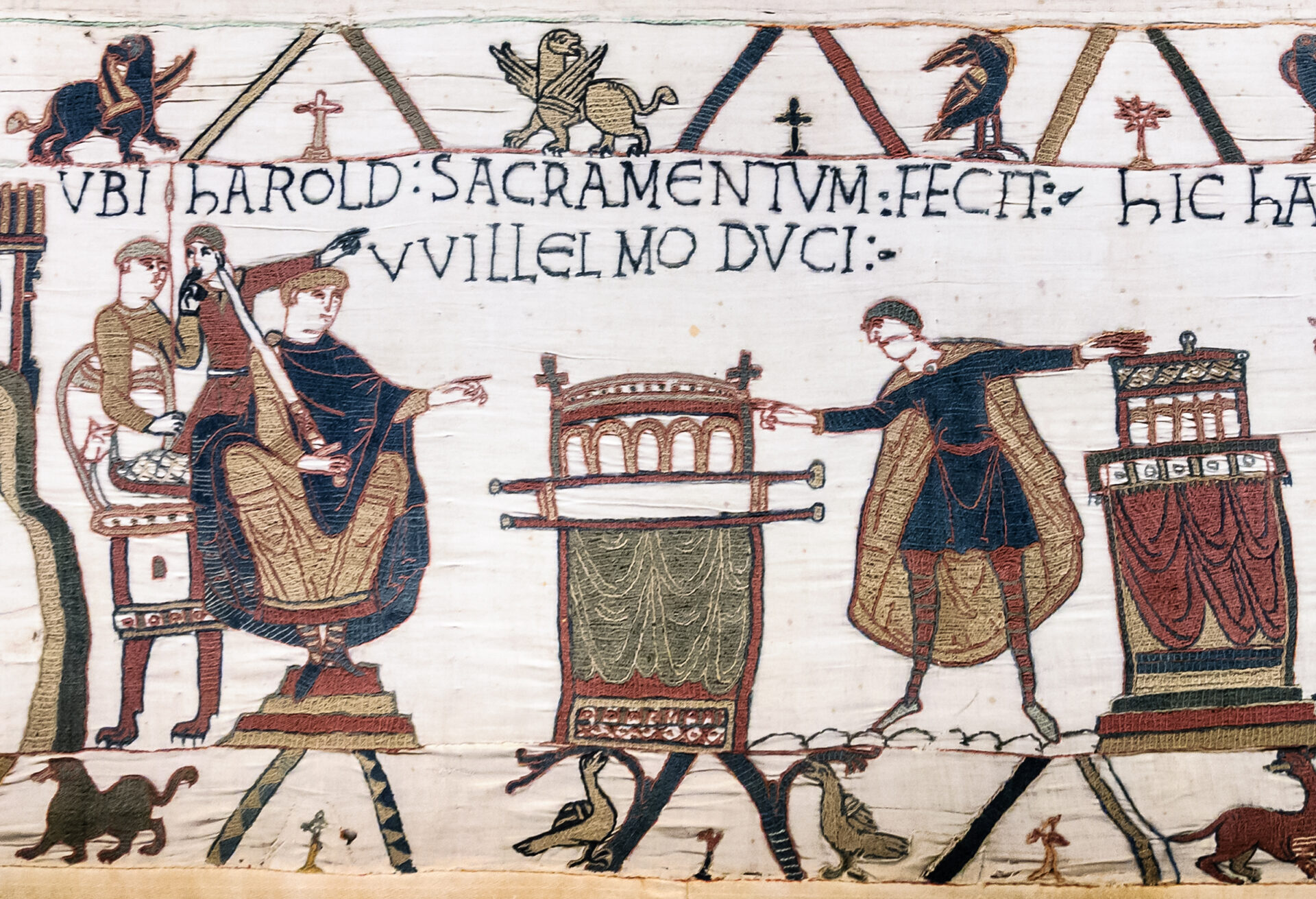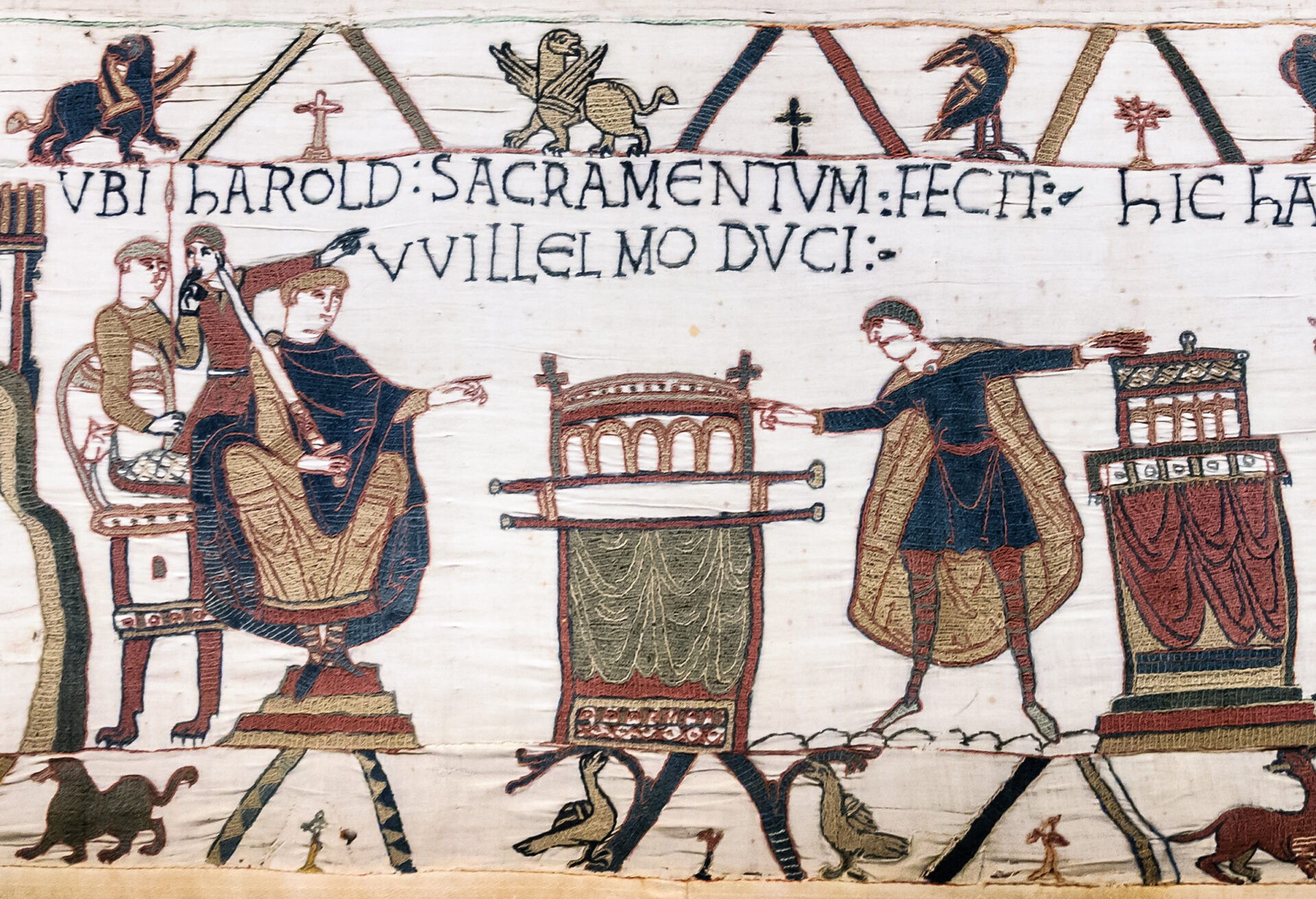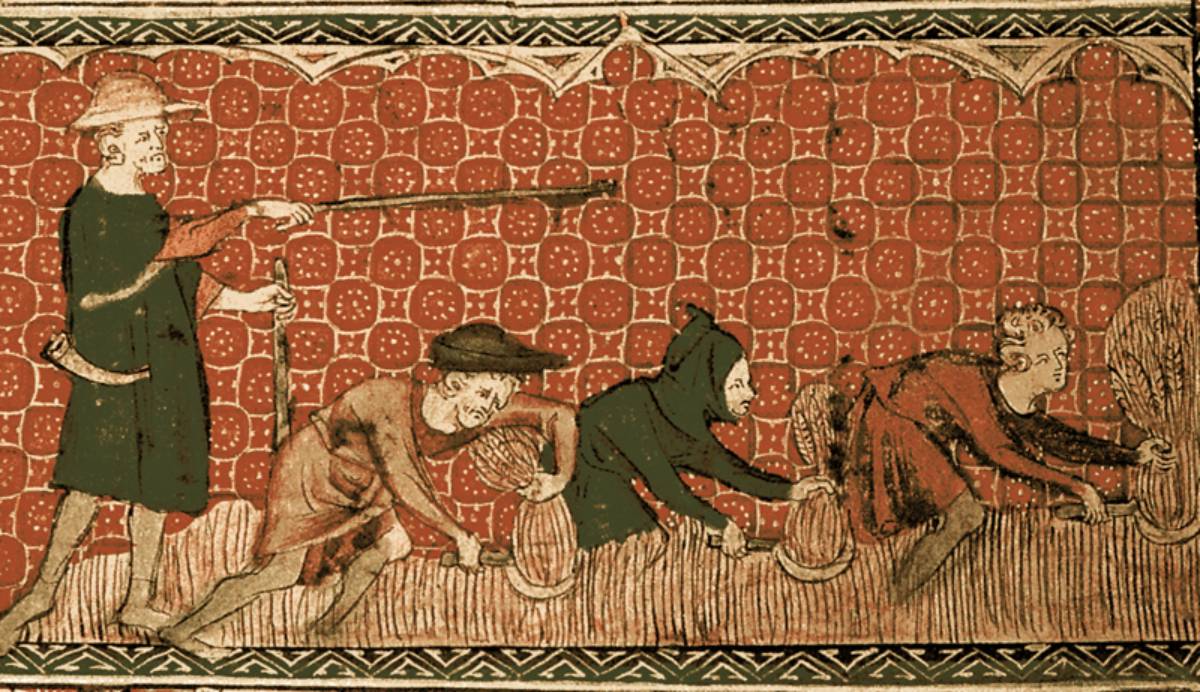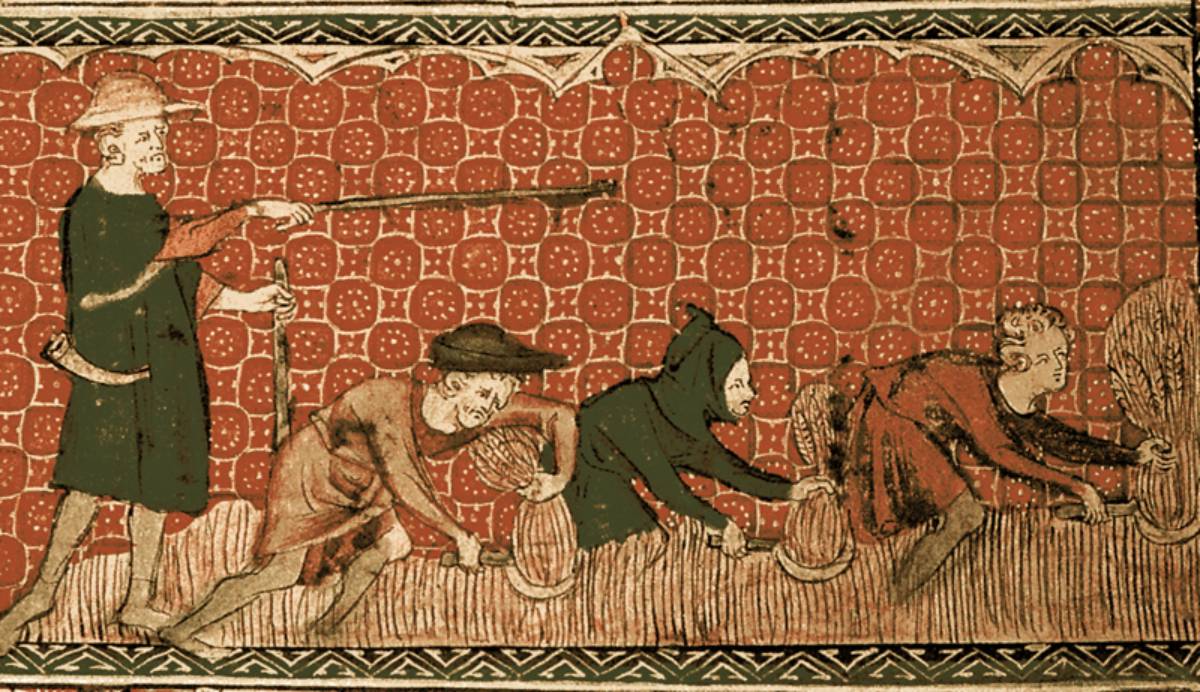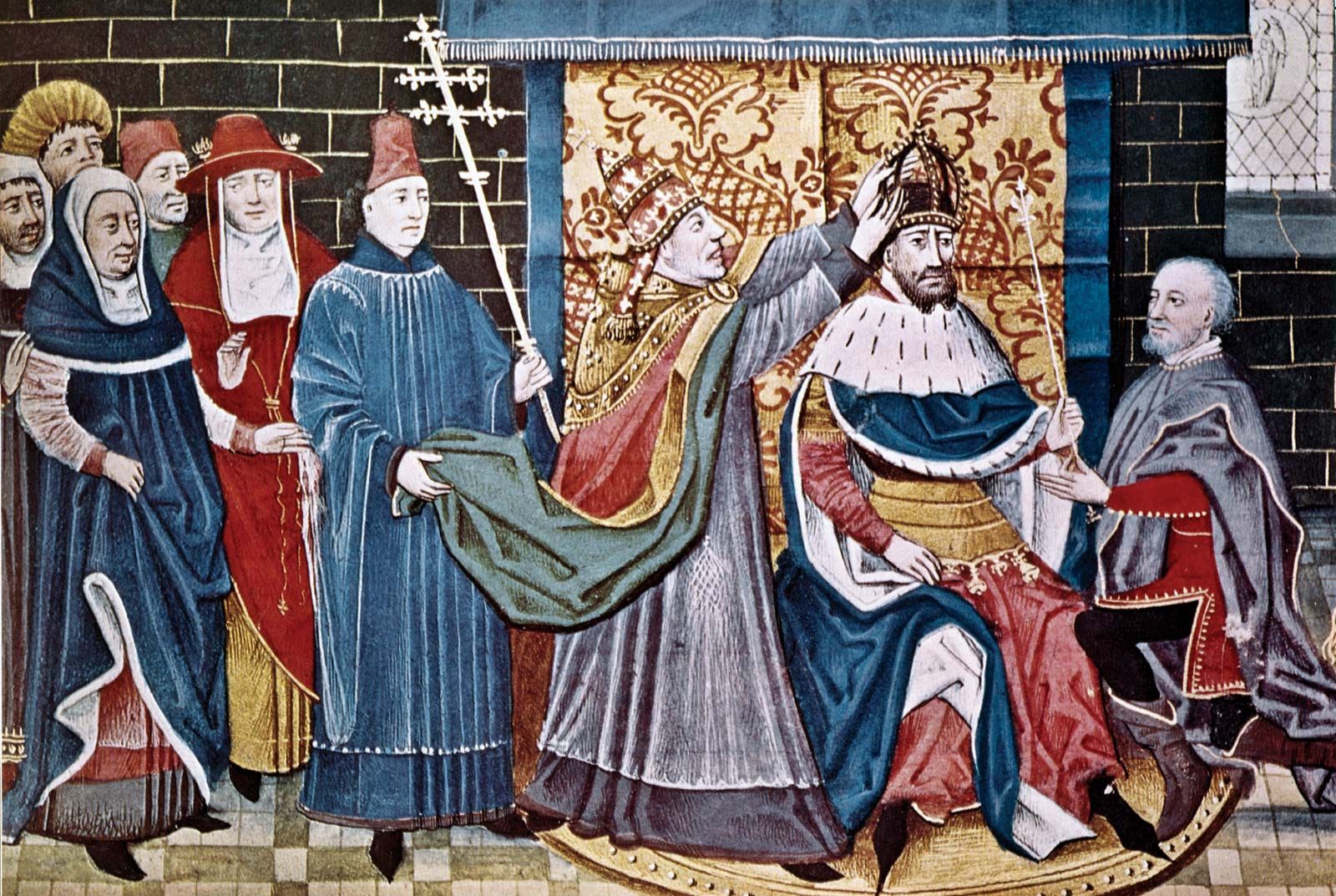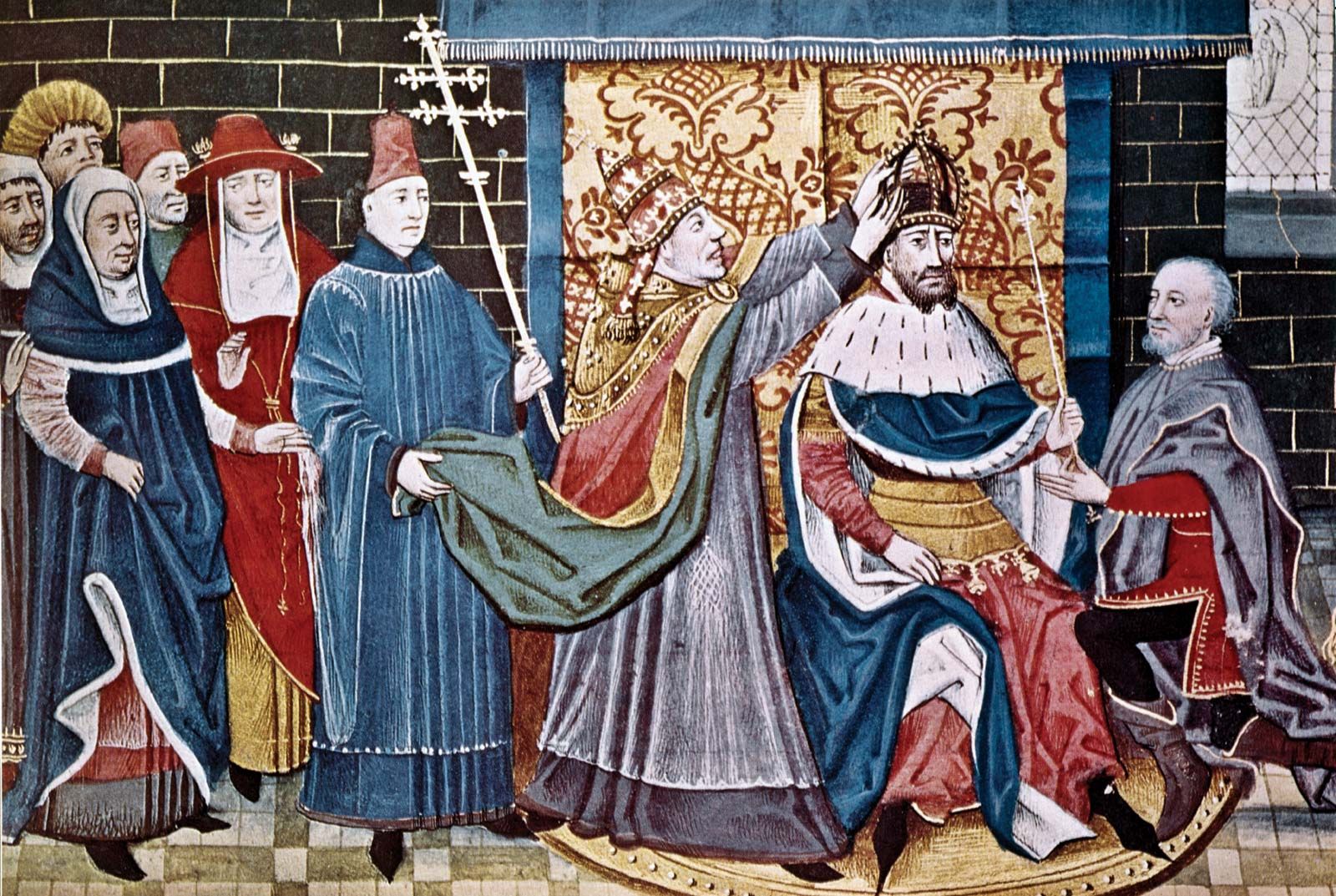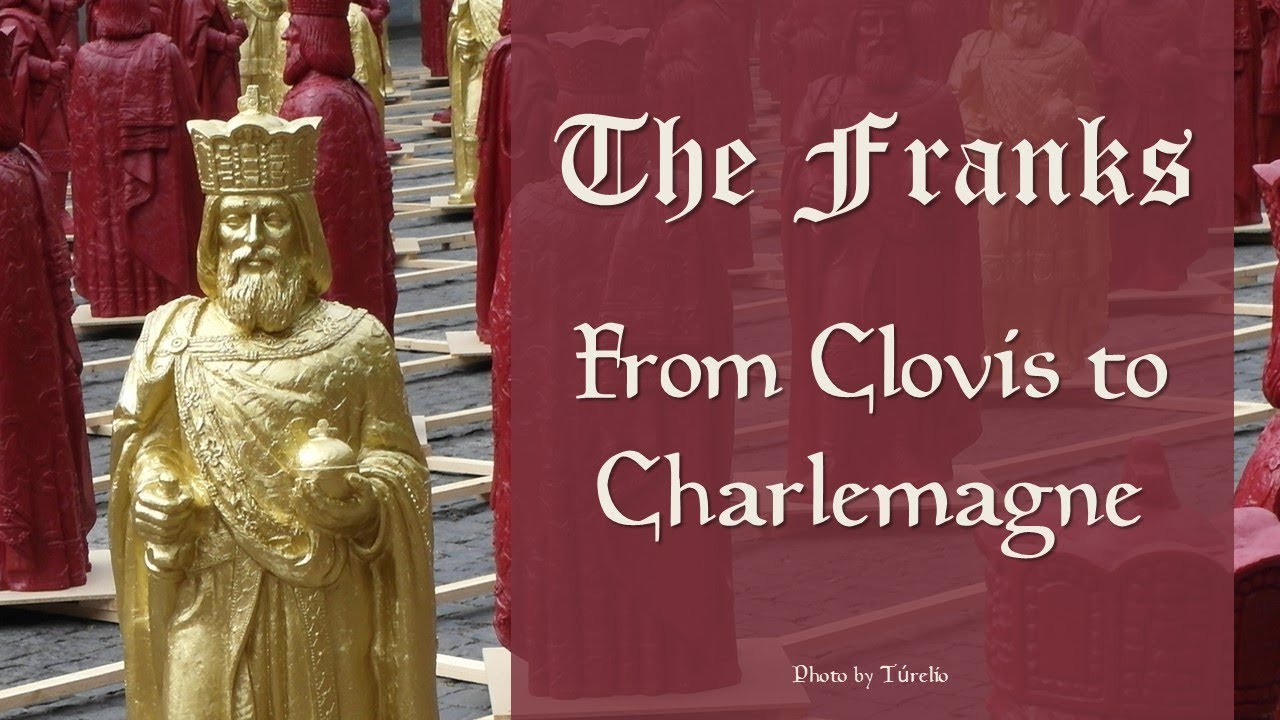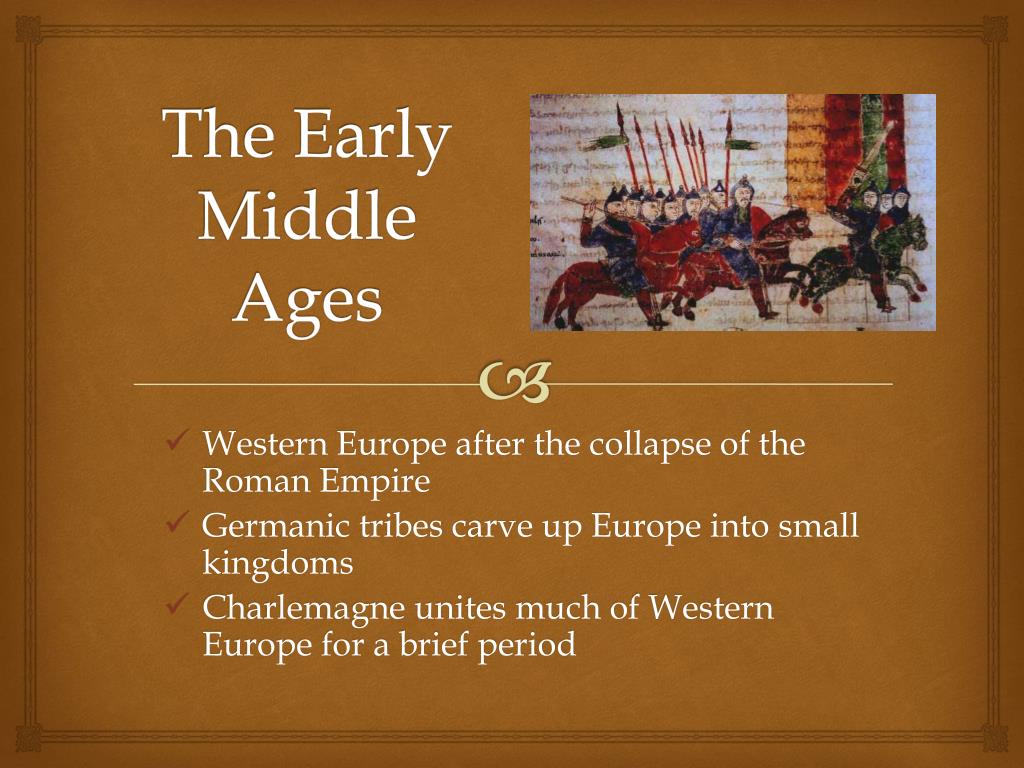Summary | The Early Middle Ages in Western Europe
In the fifth century the structure of Roman government in the West collapsed under the pressure of invasion and migration by Germanic tribes. Much of the Roman heritage, however, was preserved by the church and the barbarians’ own reverence for Roman civilization.
The Franks founded the most lasting political entity to arise from the ruins of Roman power. In alliance with the papacy, the Frankish king Charles the Great (Charlemagne) sought to revive the Roman Empire in the West.


